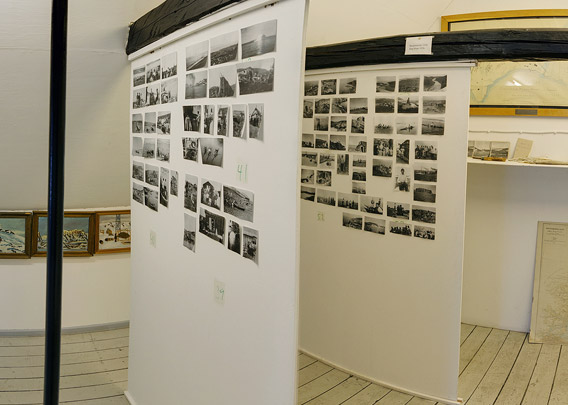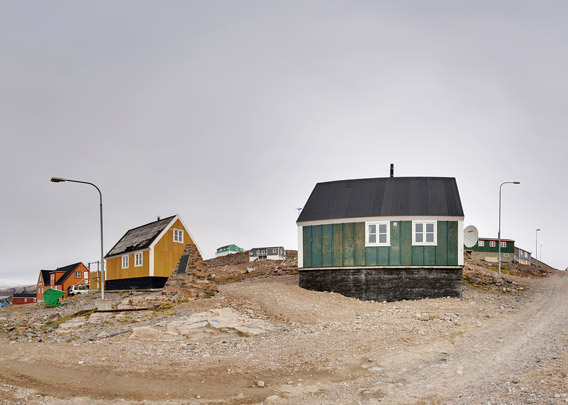-
current
recommendations- Liefdefjord
New page dedicated to one of Spitsbergen's most beautiful fjords. Background information and many photos.
- New Spitsbergen guidebook
The new edition of my Spitsbergen guidebook is out and available now!
- Liefdefjord
New page dedicated to one of Spitsbergen's most beautiful fjords. Background information and many photos.
Page Structure
-
Spitsbergen-News
- Select Month
- June 2025
- May 2025
- April 2025
- March 2025
- February 2025
- January 2025
- December 2024
- November 2024
- October 2024
- September 2024
- August 2024
- July 2024
- June 2024
- May 2024
- April 2024
- March 2024
- February 2024
- January 2024
- December 2023
- November 2023
- October 2023
- September 2023
- August 2023
- July 2023
- June 2023
- May 2023
- April 2023
- March 2023
- February 2023
- January 2023
- December 2022
- November 2022
- October 2022
- September 2022
- August 2022
- July 2022
- June 2022
- May 2022
- April 2022
- March 2022
- February 2022
- January 2022
- December 2021
- November 2021
- October 2021
- September 2021
- August 2021
- July 2021
- June 2021
- May 2021
- April 2021
- March 2021
- February 2021
- January 2021
- December 2020
- November 2020
- October 2020
- September 2020
- August 2020
- July 2020
- June 2020
- May 2020
- April 2020
- March 2020
- February 2020
- January 2020
- December 2019
- November 2019
- October 2019
- September 2019
- August 2019
- July 2019
- June 2019
- May 2019
- April 2019
- March 2019
- February 2019
- January 2019
- December 2018
- November 2018
- October 2018
- September 2018
- August 2018
- July 2018
- June 2018
- May 2018
- April 2018
- March 2018
- February 2018
- January 2018
- December 2017
- November 2017
- October 2017
- September 2017
- August 2017
- July 2017
- June 2017
- May 2017
- April 2017
- March 2017
- February 2017
- January 2017
- December 2016
- November 2016
- October 2016
- September 2016
- August 2016
- July 2016
- June 2016
- May 2016
- April 2016
- March 2016
- February 2016
- January 2016
- December 2015
- November 2015
- October 2015
- September 2015
- August 2015
- July 2015
- June 2015
- May 2015
- April 2015
- March 2015
- February 2015
- January 2015
- December 2014
- November 2014
- October 2014
- September 2014
- August 2014
- July 2014
- June 2014
- May 2014
- April 2014
- March 2014
- February 2014
- January 2014
- December 2013
- November 2013
- October 2013
- September 2013
- August 2013
- July 2013
- June 2013
- May 2013
- April 2013
- March 2013
- February 2013
- January 2013
- December 2012
- November 2012
- October 2012
- September 2012
- August 2012
- July 2012
- June 2012
- May 2012
- April 2012
- March 2012
- February 2012
- January 2012
- December 2011
- November 2011
- October 2011
- September 2011
- August 2011
- May 2011
- April 2011
- March 2011
- February 2011
- January 2011
- December 2010
- November 2010
- September 2010
- August 2010
- July 2010
- June 2010
- May 2010
- April 2010
- March 2010
- February 2010
- November 2009
- October 2009
- August 2009
- July 2009
- June 2009
- May 2009
- April 2009
- March 2009
- February 2009
- January 2009
- December 2008
- November 2008
- October 2008
- August 2008
- July 2008
- June 2008
- May 2008
- April 2008
- March 2008
- February 2008
- April 2000
- Select Month
-
weather information
-
Newsletter

| Guidebook: Spitsbergen-Svalbard |
Home
→ * Photos, Panoramas, Videos and Webcams
→ Greenland Panoramas
→ Ittoqqortoormiit
Ittoqqortoormiit (Scoresbysund village)
360°-Panoramas
The name Ittoqqortoormiit, as the Greenlanders call the village of Scoresbysund, means something like „place with the big houses“, which is certainly true for regional standards, as it is the only settlement in the whole, large area. A small village of only about 400 people for European standards, but one of only two towns on the whole east coast of Greenland. The nearest neighbours are Tasilaq, 800 km further south, and Iceland.
The site had been used by settlers for centuries, if not thousands of years, but the actual history of Ittoqqortoormiit does not go any further back than 1924, when it was founded on private Danish initiative as a colony to make sure the Danebrog (the Danish flagg) would be flying there in the wind before the Norwegian flagg might do so, as the Norwegians had already secured Spitsbergen for themselves in 1920 and were now focussing their polar attention towards northern east Greenland. Ittoqqortoormiit is, in other words, a result of European colonial history and not of local history in Greenland. And the first settlers, who were moved up from did have a difficult time indeed, some fell victim to diseases and starvation in the first years, despite of the land being rich in hunting game, but the whereabouts and when of it still had to be learnt before it could be utilized year-round. Little was to be read about these difficulties and even tragedies in Danish newspapers, where instead the good lives of happy Greenlandic colonists was described very much in propaganda style, also this being a typical part of European colonial history.
But inspite this forced beginning of the modern settlement on this vast and empty coast, the inhabitants soon felt at home there, once the first difficulties had been overcome. Wildlife to hunt was plentyful, from muskoxen on the tundra over seals, walruses and narwhales in the fjords to polar bears that with the drift ice from the north in winter and spring. These natural richnesses was a good basis for a small settlement where most inhabitants were pretty much self-depending for most goods, and most families stayed over generations into modern days. Most inhabitants of Ittoqqortoormiit now very well still today the names of their ancestors who came from southern east Greenland in 1925.
During following decades, modern times moved into all Greenlandic villages including Ittoqqortoormiit, which did not necessarily make life there easier. Subsistance had to be completed with cash, as it became increasingly difficult to resist the temptations of the local Pilersuisoq (supermarket) and those that came with internet, mobile phones and scheduled flights. The job market is difficult in places like Ittoqqortoormiit, and too many biographies have been influenced by the dark sides of zivilisation, mainly alcohol and its evil twins, violence and sexual abuse.
The social difficulties are facts, but we have to – we can! – acknowledge that there are many good people in Ittoqqortoormiit who fight with a lot of motivation against these evils, and they do have success, even if it is difficult and the road to better times is taking many turns. Many inhabitants of Ittoqqortoormiit will without a second of hesitation tell you that their home place is the most beautiful place in the world, and I agree with them every time I am there (I guess I am travelling too much to make a final decision for any given place, no matter how beautiful it is). The more sad that Ittoqqortoormiit is facing a difficult future, economically. The cuts in scheduled flights between Ittoqqortoormiit (or rather the nearby airfield Constable Point, to be precise) to Tasiilaq and Iceland are toug: certainly for locals, who need to take the longer and more expensive trip via the west coast to get to Copenhagen, and for tourists. There are few anyway, but their contribution to some local incomes was important, but now the already long and expensive way to Ittoqqortoormiit is more difficult also for them, which is again a drawback for the local economy. One may ask how much interest the Greenland government in Nuuk, far away from the little settlement in Scoresbysund on the back side of Greenland, really has for the economic well-being of Ittoqqortoormiit.
Panoramas
Click the marker to get to the corresponding panoramas or use the text links below.

- Monument of Ejnar Mikkelsen
- Museum
- Church
- Tourist Information/Nanu Travel
- Monument to Jean-Baptiste Charcot
- Helicopter landing pad
- Boardwalk
Monument of Ejnar Mikkelsen
- pano anchor link: #Ittoqqortoormiit_28Aug13_039
- pano anchor link: #Ittoqqortoormiit_28Aug13_058
Museum
- pano anchor link: #Ittoqqortoormiit_29Aug13_27
- pano anchor link: #Ittoqqortoormiit_29Aug13_49
Church
- pano anchor link: #Ittoqqortoormiit_08Sept13_06
Tourist Information/Nanu Travel
- pano anchor link: #Ittoqqortoormiit_29Aug13_01
Monument to Jean-Baptiste Charcot
- pano anchor link: #Ittoqqortoormiit_13Sept13_020
Helicopter landing pad
- pano anchor link: #Ittoqqortoormiit_28Aug13_114
Boardwalk
- pano anchor link: #Ittoqqortoormiit_28Aug13_133
BOOKS, CALENDAR, POSTCARDS AND MORE
This and other publishing products of the Spitsbergen publishing house in the Spitsbergen-Shop.
last modification: 2014-01-04 ·
copyright: Rolf Stange














































